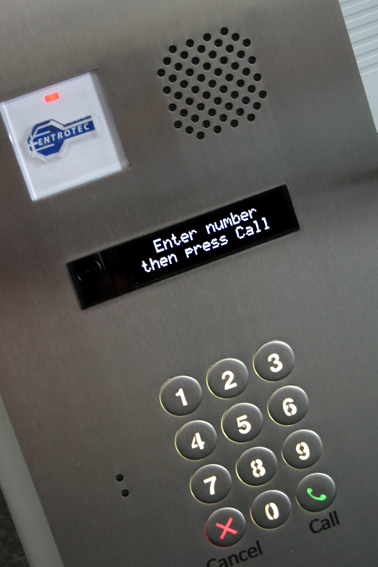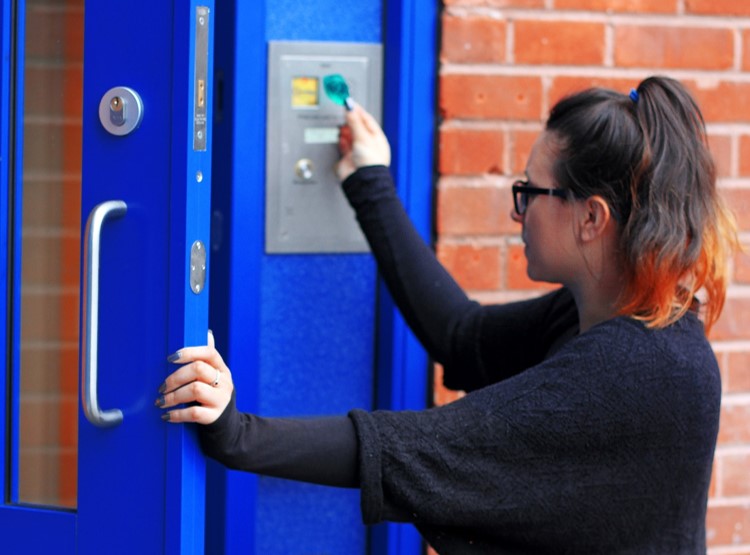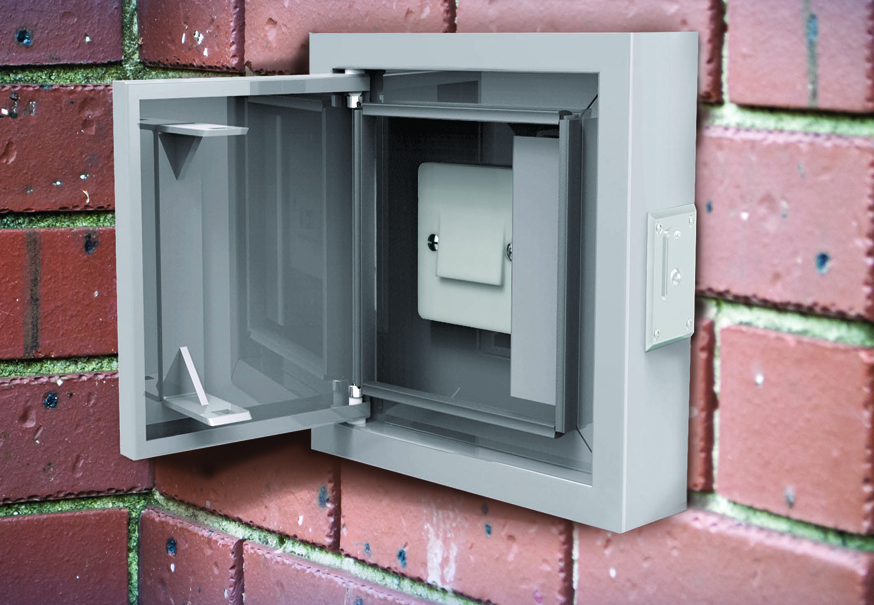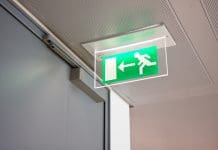In this article, Secured by Design (SBD), the national police crime prevention initiative, looks at the importance of compartmentation, which is the subdivision of larger developments of multiple flats, bedsits or bedrooms into manageable areas for the protection of the building’s residents
For the fire service, compartmentation is about fire doors preventing the spread of fire and smoke to provide one of the most effective elements of a building’s passive fire protection. It’s also about enabling residents to escape in the event of a fire or another emergency, while providing firefighters with unrestricted access.
For police, it’s about providing controlled access to authorised residents and visitors from the main communal entrance, through secure internal doors, to the front doors of individual flats. The purpose being to stop opportunist criminals and undesirable callers from being able to commit crime and anti-social behaviour within the building.
Partnership working
The coming together in 2015 of Part Q (Security) alongside the longer established Part B (Fire) in the Building Regulations, meant that these regulations carry equal weighting. This has had major implications for the police and fire services, who have been working together to achieve practical solutions to overcome possible conflicts between fire and security. It is also an important change for the construction industry, local authorities and approved inspectors, who all need to make sure fire and security work alongside each other.
Secured by Design (SBD), which seeks to design out crime by working with architects, developers and local authority planners at the planning stage, has included all its security advice, with the full approval of the fire service, into its Development Guide SBD Homes 2016, which is available on our website: http://www.securedbydesign.com/industry-advice-and-guides
In the residential sector, the fire and security regulations are most likely to come together in developments of flats, which have many different types of doorsets including main entrances, between communal and residential areas, corridors or stairways and individual private flats.

Movement within the building (compartmentation)
As well as providing access control systems to restrict entry to authorised residents and visitors at the main entrance, they can also be used to curtail unlawful free movement within the building. This could be achieved by a combination of access controls and dedicated doorsets using a proximity reader, swipe card or key. These measures will prevent unauthorised access while enabling residents to reach the floors they require.
Activity/alarm monitoring and management data
One of our SBD member companies, Entrotec, specialists in door entry solutions, reports that there is huge scope to

obtain management data when a system is linked to a computer-based software package or web-based programme. Usage reports can show which flats are called or which fobs are used; and who has entered or exited the building. It is possible to send alarms using SMS or email for both user and system events. Visit www.entrotec.com for more information about solutions they can supply or recommend.
Working with the Fire Service on practical solutions

Another SBD member company, Gerda Security Products, which was one of the first fire doorset manufacturers to achieve third-party certification for both fire and security across its various doorset ranges, including flat entrance doorsets, has launched an externally mounted Access Control Box (ACB). This ACB is designed specifically for communal entrance doorsets in new build, multi-occupancy residential premises. As well as limiting illegal access to buildings, the ACB enables the fire service to gain immediate entry by deactivating external and internal doors secured by electronic or electrical systems, using Gerda’s key management technology. Visit www.gerdasecurity.co.uk or contact: enquiries@gerdasecurity.co.uk
Comments from SBD
Mark Pollard, Technical Advisor at SBD, said technology in the form of visitor and access control systems, with data logging and video monitoring, have come to the assistance of police to limit free movement and disrupt and reduce criminal and anti-social behaviour.
“Information from these systems can be used for investigative purposes and shared with the landlord or management company,” he said.
“A development in London had an arson attack at an entrance to a flat which compartmentation would have prevented. The perpetrator had breached an injunction to tailgate his way into a residential block to bang on the door of his ex-girlfriend’s flat. While she phoned police and kept the door shut, he gathered materials from a storeroom within the building and set light to them outside her flat. Thankfully, help was on its way. That same developer is now very insistent on compartmentation.
“I believe passionately that curtailing unlawful free movement will reduce crime and anti-social behaviour. I also believe it would achieve cost savings too with less demand on police time and local authority resources, such as repairs and maintenance. It is also likely to have other knock-on benefits, such as a fall in mental health issues and an increase in educational standards. It would be great to see some research carried out to show how much society would benefit.”
SBD’s crime prevention advice is contained in a series of Development Guides, available on our website.
Tel: 0203 8623 999
Email: enquiries@police-cpi.co.uk
Web: www.securedbydesign.com

















